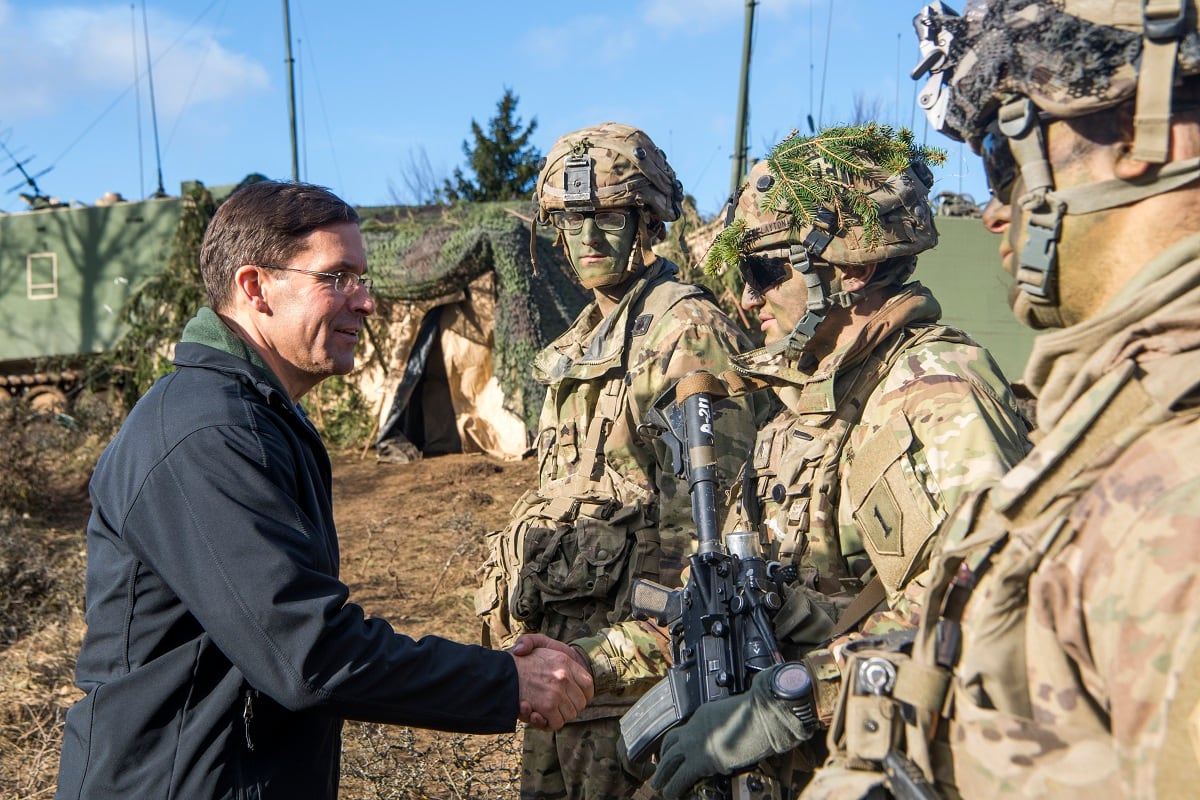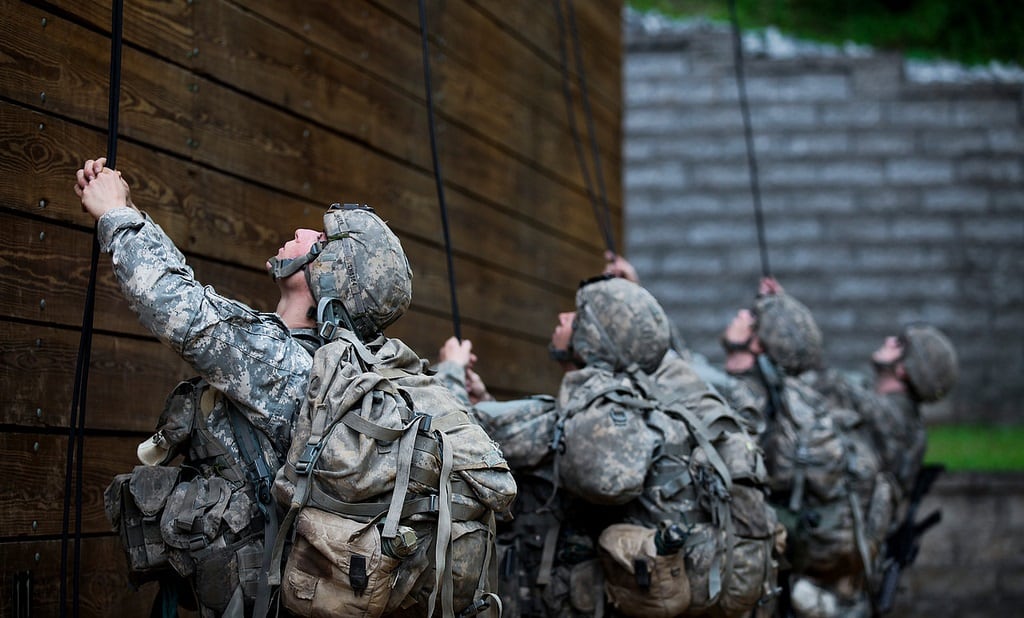U.S. Army Chief of Staff Gen. Mark Milley urges all soldiers to own the readiness for themselves and their units. Readiness maximizes our ability to accomplish our assigned missions, which deters our adversaries and ensures that the Army fights to win.
Gen. Milley’s No. 1 priority — readiness — is not limited to fixing vehicles and repairing equipment. This goal applies equally to personnel, and our soldiers’ readiness centrally depends on a leadership development culture to prepare them for increasingly complex operational environments.
Yet our principal method of developing leaders falls short of producing optimal states of personnel readiness. The Army’s culture of leadership development underpins only one developmental method — a teacher-student model — which fails to produce enough agile and adaptable leaders capable of succeeding given more complicated circumstances.
Imagine operating in an environment with minimal communications security, denied satellite navigation or without air supremacy. Complex operational environments will confuse and disorient even the most technically and tactically competent leaders, especially those who lack cognitive abilities to adapt. Readiness to confront these types of conditions first requires more from us individually — that we take responsibility for our own leadership development.
Soldiers generally view the concept of “leadership development” strictly as “horizontal,” better described by developmental psychologist Nick Petrie as professional growth “transmitted from an expert.” Petrie is a senior faculty member with the Center for Creative Leadership’s Colorado Springs campus and customizes development programs inside organizations and businesses.
RELATED

“Leaders are no longer developing fast enough,” Petrie argues, “or in the right ways to match the new environment.”
The top-down developmental model results in the majority of individuals depending on others for their own development, which places enormous strain on the leaders in formal positions of authority.
The Army exercises horizontal development every day by training our core competencies: conducting PT to improve physical fitness or practicing standard battle drills to hone tactics. These activities fit measurable end-states — like counting those who qualify on a small arms range to validate basic marksmanship skills. These activities all share a common element, that someone above you is in charge and ultimately responsible for your qualification, your readiness.
Soldiers are overwhelmed by an abundance of these horizontal training requirements, which include more than just training core competencies. A report from the Army’s Strategic Studies Institute titled "Lying to Ourselves” describes a “deluge of demands” on soldiers. The report argues that we lie instead of completing a seemingly unreachable number of requirements. Even with those who try to do it all, little room exists on a jam-packed training calendar for a leader to conduct formal development training with subordinates.
In terms of a formal leadership development curriculum, many of us think of a situation where our leaders oblige us to read an essay like “A Message to Garcia” or to discuss an article on toxic leadership. Watching the film “Twelve O’Clock High” or sitting through a 30-minute PowerPoint case study are also examples. While these events have value when those in charge find the time and resources to conduct them, we collectively fall well short of conducting these events consistently.
Those in positions of authority do not have the time nor the resources to possess sole charge over a subordinate’s leadership development agendas. Individuals must accept the primary (but not sole) responsibility.
The Army’s current culture of leadership development fails to fully stimulate a crucial dimension opposite horizontal development, which is our “vertical” development. Developmental psychologists refer to vertical development as progressing through “stages” or “levels.” Those professionals like Nick Petri describe this in terms of how people “make sense of their world.” This allows us to grow as thinkers, to build resilience against adversity and to better analyze more complex problems. Unlike horizontal development, vertical development must be self-taught.
From my personal experience preparing for company command, I discovered a fundamental aspect of leadership development in a chicken-or-egg sense. Me (the leader) cannot teach you (the subordinate) how to lead. Genuine leadership development has to begin with the individual taking ownership of his or her own development. Energizing others to follow suit is an even greater challenge.
I decided to own my own development because I wanted to be a good company commander. It may sound too simple, but I wanted to make more positive impacts for my soldiers and their careers than just signing their leave forms or handing out coins. Before taking the job, I poured over technical manuals and consumed biographies, novels and books on leadership like Anton Myrer’s mammoth novel “Once an Eagle.”
I sought out opportunities to improve skills like counseling and interpersonal communication. I spent a lot of time just thinking and even put myself to sleep at night by reviewing our doctrine and regulations. No one made me do this, nor do I think anyone else could convince me to spend an evening reading about the Army’s available legal services. I had to accept my own self-development.

Development for me and for most of us occurs incrementally, rather than in a series of spontaneous ‘aha’ moments. We first have to want to change, want to develop. We all experience the inertia and aversion to putting in the effort, but we have to start somewhere. I started by reading, but take whatever first step works for you.
Your development is your responsibility—not your instructor’s, not your boss’s or a career counselor’s. You must own your respective leadership development in order for the Army to achieve optimal readiness, which means individuals from privates to generals share the burden to adequately prepare themselves for uncertain conditions and complex environments. And for those who already own their leadership development, it is imperative you help others do the same.
Maj. Tim Devine is a former aviator and previous commander of an Apache helicopter and Shadow UAS company. He is attending the Harvard Kennedy School of Government as part of the Army Harvard Strategist Program.





